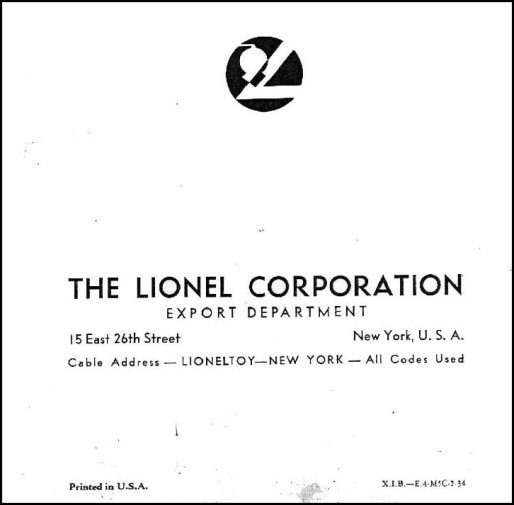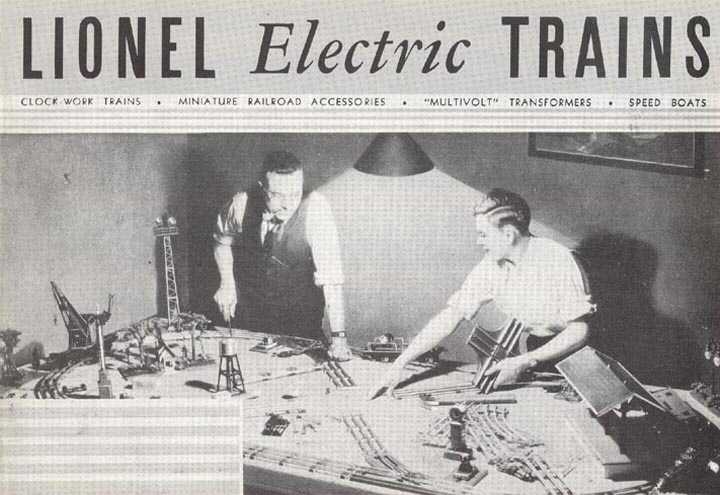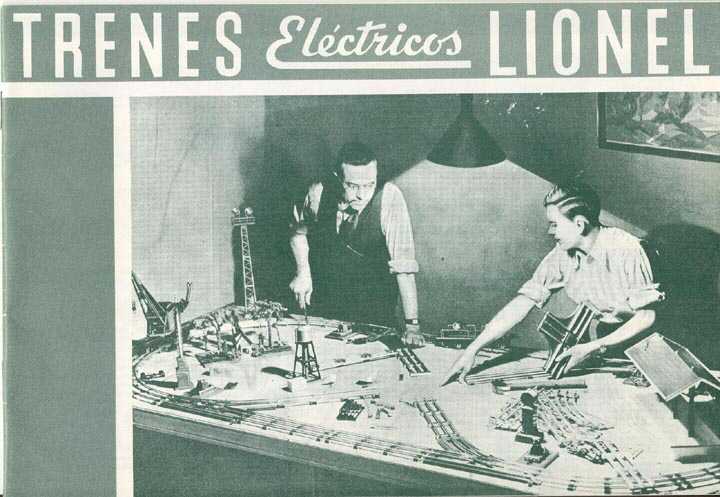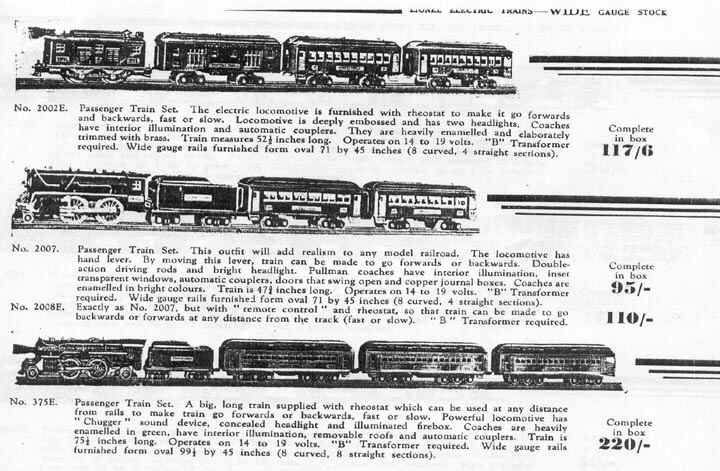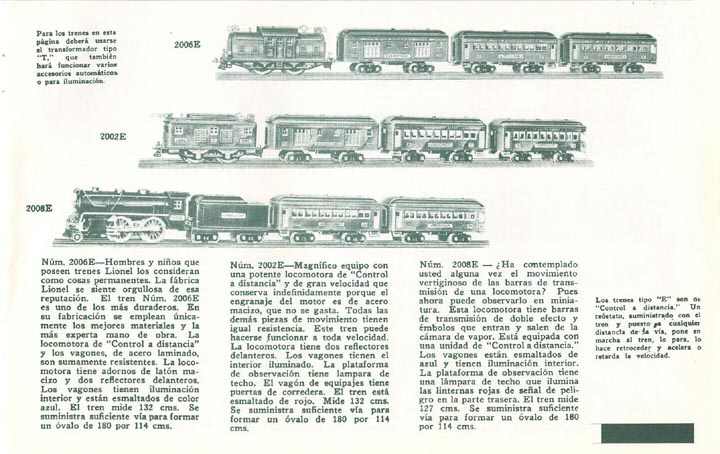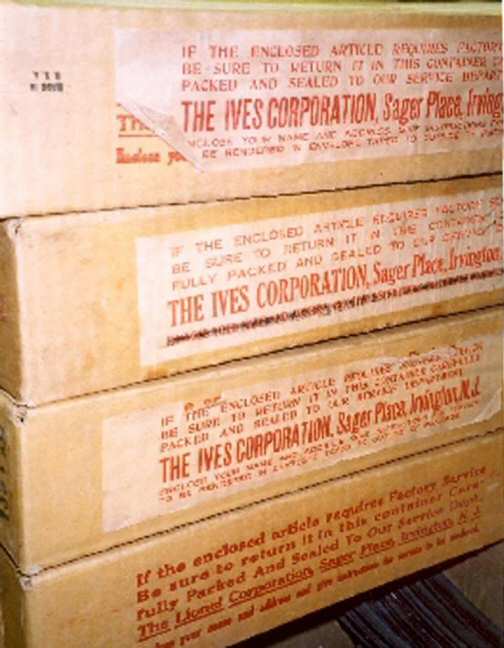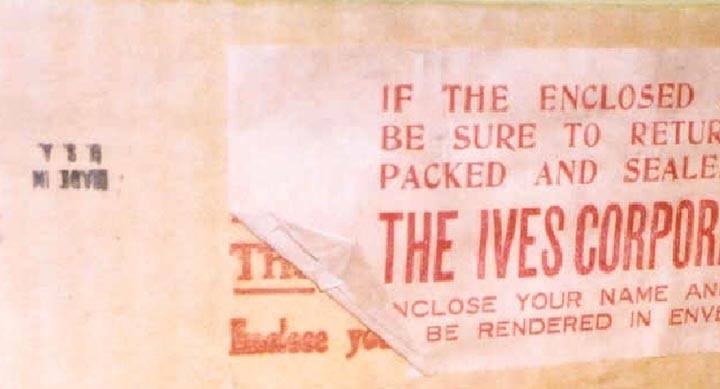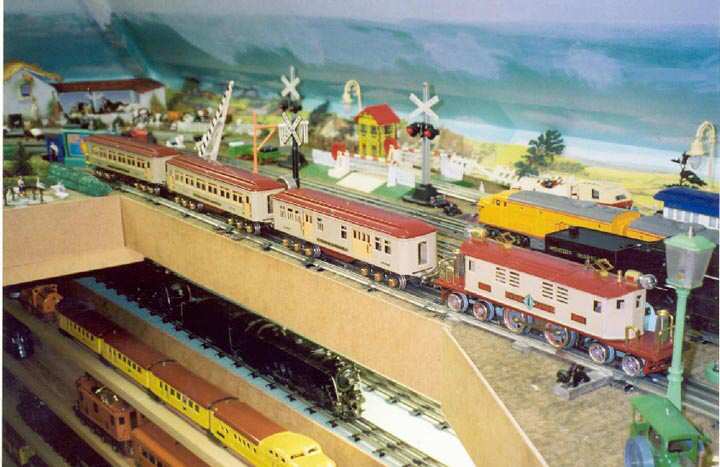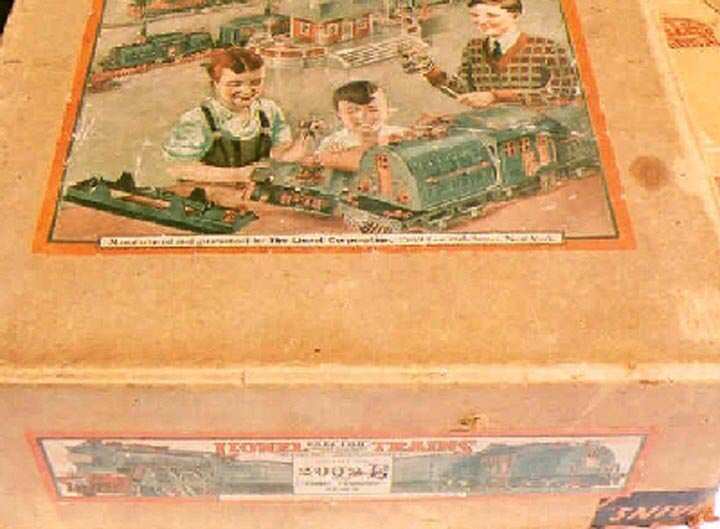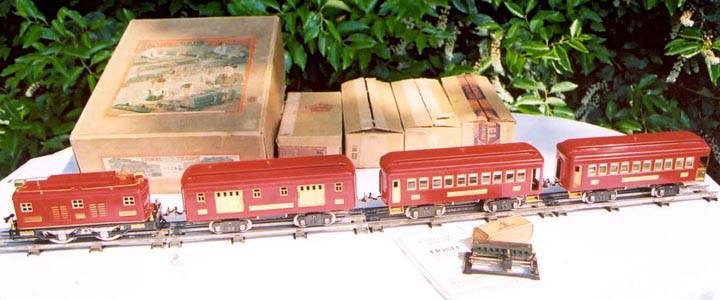So that’s where they all went!
By Dave McEntarfer
It has been almost 10 years now since I researched and wrote one of the last truly “all Greenberg” price guides; Volume IV “Lionel Trains Prewar Sets”. Although the book was not published until 1995, after the buyout of Greenberg by the Kalmbach Publishing Company, the research and writing was actually completed under the Bruce Greenberg ownership. I refer to this only for the historical reason that when the manuscript for the book became the property of Kalmbach, I was informed that the book was going to be too long and to get it published under their accounting guidelines. I would have to reduce the size to something that could be printed in 200 pages or less. It was either cut something or the actual publication was going to be put on hold. The book as published has 10 chapters, but originally there were 11. Chapter 11 or as it was titled “So that’s where they all went” covered Lionel’s Export Department. It covered several of the known foreign catalogs that Lionel had published and some of the sets that were listed in those catalogs. I did submit Chapter 11 to Kalmbach as a separate issue and suggested that they publish it as an article in CTT, but now eight years later it appears that they won’t be publishing it in part or whole. Unfortunately several computers and word processors later, I no longer have a copy of that chapter and don’t know myself what the actual text of that chapter was.
My interest in Export Sets originally came about from my research into IVES trains and catalogs. In conversations with several experienced IVES collectors, I discovered that many of the rare “Lionel/Ives” sets made during the 1931-32 period that had been uncovered and were now in collectors hands had come from outside the United States. I obtained my first 1694 electric engine from a family in Canada. When I compared it to one in another collection, the owner told me that it had originally come from Mexico and was stamped “Made in the U.S. of America”. Mine had no such stamp. This was around 1975 and except for some of the books written by Lou Hertz, I really had no references to follow. I wrote Lou and asked him if he had any insight into the strange locations that these trains were coming from. Lou called when he got my letter and went into great detail about Lionel management deciding that marketing trains under two names was not in their best interest and that they decided to phase out the IVES name over the next couple years and dump the balance of their inventory overseas. Lionel actually had a separate Export Department which printed catalogs for these overseas markets. Over the next couple years I was able to obtain copies of some of these catalogs from various collectors and actually found that Max Knocklein had reproduced two of these catalogs, one that was originally printed in Spanish.
Over 25 years later, I still don’t know very much about these sets, except from the few catalogs I’ve been able to locate. These catalogs would appear to have been published sometime during the 1933-1936 time period. The Spanish catalog appears to have come from Mexico. Another of the export catalogs was found in a set in Germany, but it would appear to have been printed for a country in the United Kingdom as the prices were in listed in UK currency (Pounds/Pence).
Some of the sets pictured in these catalogs have special numbers that were used only for exported sets, while others have numbers identical to those found in standard Lionel catalogs.
0 Gauge trains were referred to as ‘Narrow Gauge’ and Standard Gauge was called Wide Gauge. Freight cars were given names like:
Dump car – Tipping Wagon
Hopper – Coal Wagon
Caboose – Brake Van
Lumber – Timber Wagon
Box car – Goods Van
Gondola – Open Wagon
Tank – Petrol Wagon
Some of the sets listed came with special numbers only found on these export sets, others used the same numbers as those that were used in the Lionel Catalogs. I put together a list of these Export Sets.
| Set No. | Engine | Cars | ||
| O Gauge | ||||
| 3000 | 1651 | 1690 | 1691 | |
| 3001 | 1651 | 1690 | 1690 | 1690 |
| 3003 | 1661/1661t | 1690 | 1690 | 1691 |
| 3004 | 1661/1661t | 1679 | 1680 | 1682 |
| 3007 | 257/257t | 529 | 529 | 530 |
| 3008 | 257/262t | 1707 | 1708 | 1709 |
| 3009X | 257/262t | 610 | 610 | 612 |
| 3011 | 253 | 529 | 529 | 530 |
| 3012 | 254 | 610 | 610 | 612 |
| 3015E | 251E | 605 | 605 | 606 |
| 3016 | 1694 | 1695 | 1696 | 1697 |
| 181E | 262E | 812 | 814 | 817 |
| 144E | 262E | 613 | 614 | 615 |
| 241E | 260E | 710 | 710 | 712 |
| Wide Gauge | ||||
| 2000 | 8 | 337 | 338 | |
| 2002E | 8E | 337 | 337 | 338 |
| 2006 | 10 | 332 | 339 | 341 |
| 2007 | 384/384t | 337 | 338 | |
| 2008E | 384E/384t | 337 | 338 | |
| 2012E | 10E | 511 | 516 | 517 |
| 371E | 392E/392t | 511 | 514R | 515 |
| 374E | 385E/384t | 512 | 513 | 517 |
| 375E | 385E/384t | 424 | 425 | 426 |
| 376E | 392E/392t | 420 | 421 | 422 |
The special numbers used for ‘narrow gauge’ sets were in the 3000 series and those used for the Wide Gauge sets were in the 2000 series. Some of the catalogs distributed through the United Kingdom showed a special ‘Alderman’ transformer that they recommended using with all Lionel trains. These ‘Alderman’ transformers came in Type A recommended for Narrow gauge and Type B recommended for Wide gauge trains. The descriptions under these transformers said they were stocked in 100-110 volt or 200-250 volt, 50 cycles. I don’t know what kind of current they used in England during the 1930s, but these specs were obviously different than those listed on transformers in the standard Lionel catalogs. Another interesting note can be found in the instruction manuals that came with some of these sets. These manuals contained pictured instructions on how to disconnect the Chugger unit with a note that “When operating locomotives on Direct Current it is necessary to disconnect the Chugger unit”.
The few original sets I’ve been able to observe are really interesting. The set boxes that came with these unique 2000 and 3000 numbers are always standard Lionel Set boxes but are stamped either “Made in U.S.A.” or “Made in U.S. of America”. The inside boxes may be a mixture of Lionel and IVES, as are the trains. One example came in a Lionel box marked as Outfit No. 3009. The internal box for the engine and tender were Lionel, although the tender was marked for “THE IVES LINES”. The cars were Lionel 610-612 passengers, two of them had Lionel decals, one had IVES decals and all three cars came in yellow IVES boxes from 1931. The cars and the boxes were stamped “Made in U.S. of America”.
Export Outfit No. 3016 was identical to Set No 1616 from the 1932 IVES catalog.
U.S. of America”.
This is the extremely rare 1694 locomotive with the 1695, 1696, 1697 passenger cars. These cars were used by Lionel for years in uncataloged promotional sets, but the engine was never sold with the Lionel name on it. What makes this set box even more interesting is the label. This style of label wasn’t used until by Lionel until 1935. This would indicate that Lionel still had a substantial inventory of all IVES trains at least as late as 1935 and was selling them in their boxes with IVES name still on the trains.
The instruction book that came with this set lists that it is for use with Lionel and Ives equipment.
Export outfit No. 2002E is 100% Lionel and contains wide gauge locomotive 8E in red with matching 332, 337, 338 passenger cars. Based on box characteristics – I would put the box to be circa 1934. This set was cataloged by Lionel in 1931 and 1932 as Outfit No. 360/360E. 1932 was the last year the No. 8 or 8E was cataloged by Lionel, although it was sold in numerous promotional sets from 1933 to 1936. So in 1933 or 1934 when this set was being cataloged and sold overseas, it was not in the current Lionel consumer catalog. This I believe is the reason for the ‘special’ 2000 number. Sets sold through the export catalog that were identical to sets also cataloged in the current U.S. Lionel catalog were given exactly the same set numbers.

